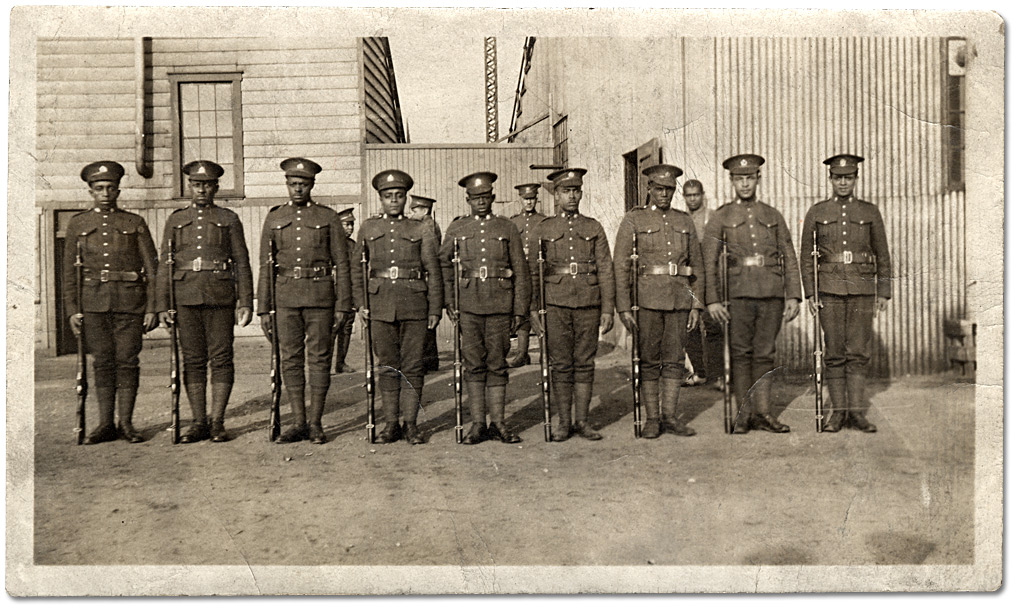



He is also the son of the late Calvin Ruck, author of The Black Battalion 1916-1920: Canada's Best Kept Military Secret. Douglas Ruck is co-chairman of that organization as well as holding the Chair of the Board of Governors for the University of King’s College. The Black Battalion Historical Marker Society is located in Nova Scotia and is dedicated to identifying, preserving and ensuring the perpetual upkeep of the headstones and gravesites of the members of the Black Battalion. The battalion, simply stated, was the product of overt systemic, institutionally based racism that initially prohibited young Black men from joining the Canadian Expeditionary Forces but later, by way of a concession, they were permitted to serve as part of a segregated battalion. The Black Battalion was a Canadian segregated unarmed construction battalion that participated in the First World War. In a letter addressed to Last Post Fund Executive Director Ed Pahud by Douglas Ruck on behalf of the Black Battalion Historical Marker Society (BBHMS), Ruck describes No.2 Construction Battalion of the Canadian Expeditionary Force – also known as the Black Battalion – as a segregated battalion: On the occasion of Black History Month, we would like to share with you the story of the men of No.2 Construction Battalion.


 0 kommentar(er)
0 kommentar(er)
